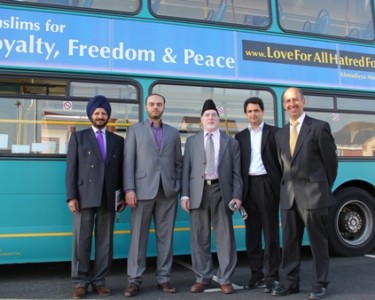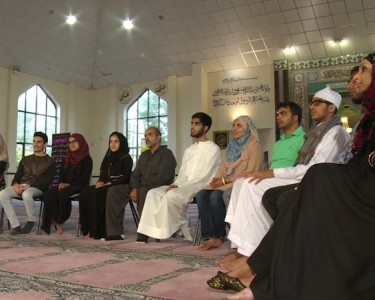The Muslim veil, also known as nikab has been banned in public places by Belgium, and this is being followed by France. In Britain this controversial issue gathered momentum after Jack Straw’s experience in his constituency surgery in 2006.
The number of Muslim women in Britain adopting this style of attire has been steadily going up, but our government has not yet taken the banning route. For how long can our government continue with its tolerant attitude, despite various practical problems arising from this peculiar behaviour?
With all the freedoms in our democracy enjoyed by everyone, proscribing any form of attire would be incompatible with our civil rights. It is therefore unlikely that our government would seriously consider taking such a measure in the immediate future. However, the subject excites passions on both sides of the debate, making it difficult for a pragmatic view to emerge.
In order to make a proper assessment of the balance between the demands of a small section of the population, and also the intrusions caused by such practices, we need to understand that the Muslim veil is not an article of faith in Islam. It is merely a cultural practice often masquerading as an Islamic requirement.
It is continually preached by many imams of mosques as an obligatory practice and is given wider audience into Muslim homes through transmission systems set up in most Muslim homes in the vicinity of these mosques.
It has to be recognised that the wearing of the veil does cause enormous practical problems in our society. For example, a veiled Muslim woman driving a car does pose serious problems of identity should she get involved in an accident.
Further, in terms of communication a veiled female doctor would make her patients very uncomfortable and there would be little rapport between them. A veiled woman would not be able to effectively convey the natural sentiments of empathy, joy, amazement, frustration and anger to others, and this would certainly handicap her in so many ways. Again, a veiled female teacher would find it difficult to teach and control a classroom of small children, who quite often would be unwilling to follow her instructions because of the lack of a face-to-face bond between them.
Indeed, the veil thus creates many problems and potential areas of friction between veiled Muslim women and members of the public, and can give rise to increased levels of racism.
It is high time that Muslims recognise that whilst women have the freedom to dress in the way they choose, they also have to ensure that they do not trespass on the freedoms of the majority of the people. Muslim women who remain committed to the veil faced a risk of becoming totally incompatible with the rest of society.
Whilst Islam is uncompromising on its fundamental principles of faith, it does advocate reasonable adaptation to the values of foreign lands where Muslims make their homes. Therefore, Muslims should seriously consider what value the veil adds to our society, and what damage it causes.






